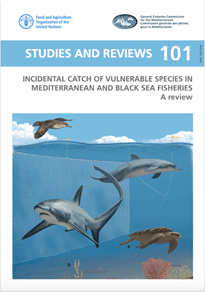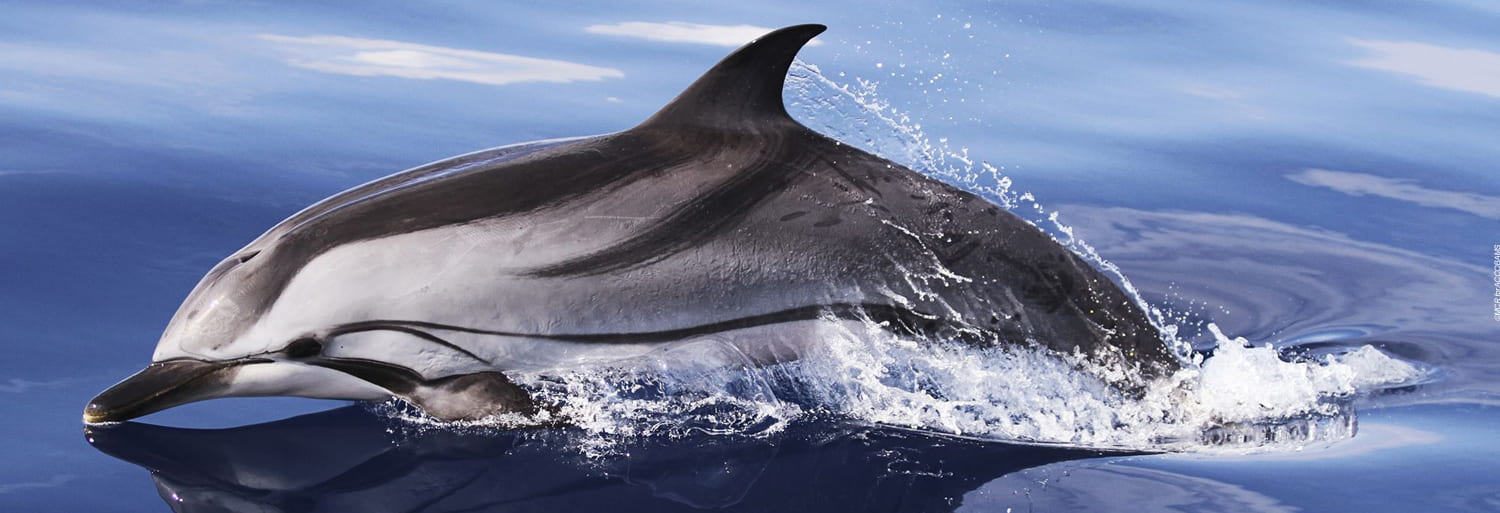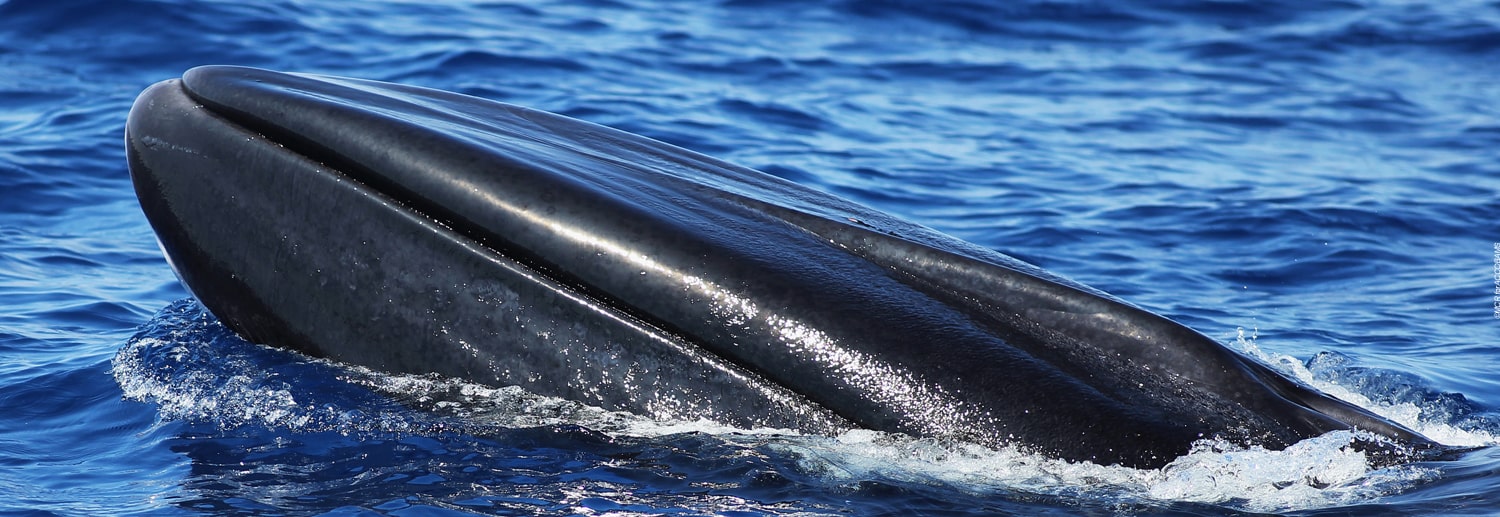Dernières publications de la CGPM sur les captures accidentelles
La CGPM a récemment publié deux rapports relatifs à la surveillance et à l’atténuation des captures accidentelles d’espèces vulnérables.
– Études et Revues de la CGPM 100. Overview of mitigation measures to reduce the incidental catch of vulnerable species in fisheries
– Études et Revues de la CGPM 101. Incidental catch of vulnerable species in Mediterranean and Black Sea fisheries: a review
Ces deux publications ont été élaborées en collaboration avec l’ACCOBAMS dans le cadre des projets sur les interactions avec les pêcheries financés par la Fondation MAVA au cours des dernières années.
 Sacchi J. 2021. Overview of mitigation measures to reduce the incidental catch of vulnerable species in fisheries. Studies and Reviews No. 100 (General Fisheries Commission for the Mediterranean). Rome, FAO
Sacchi J. 2021. Overview of mitigation measures to reduce the incidental catch of vulnerable species in fisheries. Studies and Reviews No. 100 (General Fisheries Commission for the Mediterranean). Rome, FAO
Abstract:
Potentially harmful contact between fisheries and marine vulnerable species represents a global conservation issue and efforts to mitigate the negative repercussions of these interactions belong in strategies for ensuring the sustainability of fisheries. This literature review offers a survey of mitigation measures and techniques that have been developed and tested around the world, aiming to address both the incidental catch of highly mobile species – specifically, cetaceans, seabirds, sharks and rays, and sea turtles – and depredation caused by dolphins. Based on research detailed in over 300 documents, including peer-reviewed publications, reports from international organizations and papers available on the internet, most of the mitigation techniques illustrated are still under development, with only a few already adopted through legislation. The selected mitigation measures are grouped by main types of fishing gear – gillnets and trammel nets, longlines and lines, trawls, purse seines, traps and pots – and further subdivided according to which of the four main groups of vulnerable species – cetaceans, seabirds, sharks and rays, or sea turtles – they are designed to protect. Preventive and curative approaches covering both technical measures (gear modifications, strategies, as well as acoustic, visual, magnetic and chemosensory deterrents) and management measures are described.
PDF URL: http://www.fao.org/3/cb5049en/cb5049en.pdf
Card page: http://www.fao.org/documents/card/en/c/cb5049en
 Carpentieri, P., Nastasi, A., Sessa, M. & Srour, A., eds. 2021. Incidental catch of vulnerable species in Mediterranean and Black Sea fisheries: a review. Studies and Reviews No. 101 (General Fisheries Commission for the Mediterranean). Rome, FAO
Carpentieri, P., Nastasi, A., Sessa, M. & Srour, A., eds. 2021. Incidental catch of vulnerable species in Mediterranean and Black Sea fisheries: a review. Studies and Reviews No. 101 (General Fisheries Commission for the Mediterranean). Rome, FAO
Abstract:
Bycatch – a term widely used to refer to part of the catch unintentionally caught during a fishing operation, in addition to target species, and consisting of the discards and incidental catch of vulnerable species – is considered one of the most important threats to the profitability and sustainability of fisheries, as well as to the conservation of the marine environment and ecosystems. Understanding the bycatch issue and adopting effective measures in order to reduce bycatch rates are essential steps towards minimizing the impacts on vulnerable species and ensuring both a sustainable fisheries sector and healthy seas. In the Mediterranean and the Black Sea, the incidental catch of vulnerable species – namely seabirds, sea turtles, elasmobranchs, marine mammals and macrobenthic invertebrates – represents one of several challenges for the industrial, semi-industrial and small-scale fisheries that coexist in the region, as well as for the diverse and sensitive ecosystems impacted. Typically, data on this issue have been collected in an opportunistic manner and in ways that make comparisons difficult. The annual absolute values of incidental catch of vulnerable species are not available: studies cover only a small portion of the total fishing activity and often present important knowledge gaps for many types of fishing gear, countries and/or subregions, as well as on temporal scales, for example, to establish reliable baselines. The result is that little is known of the scope of the problem, despite incidental catch being a significant pressure on the populations of vulnerable species, as well as a concern for fishers. This regional review is an attempt to compile, in one single document, all available data and historical records on the incidental catch of vulnerable species in the Mediterranean and Black Sea fisheries, obtained from existing literature, databases and other grey sources, and collated in a standardized and comparable way. The main objective is to provide comprehensive baseline information, earmark the main data gaps, as well as identify the most impacting types of fishing gear by taxonomic group. This work is a reminder of the importance of standardized data collection and the need to have baseline information in order to support decision-making in the identification of appropriate bycatch mitigation techniques, thus enabling analysis of their effectiveness and comparison over time and space, as well as facilitating the implementation of relevant conservation and/or management measures at the national, subregional and regional levels.





